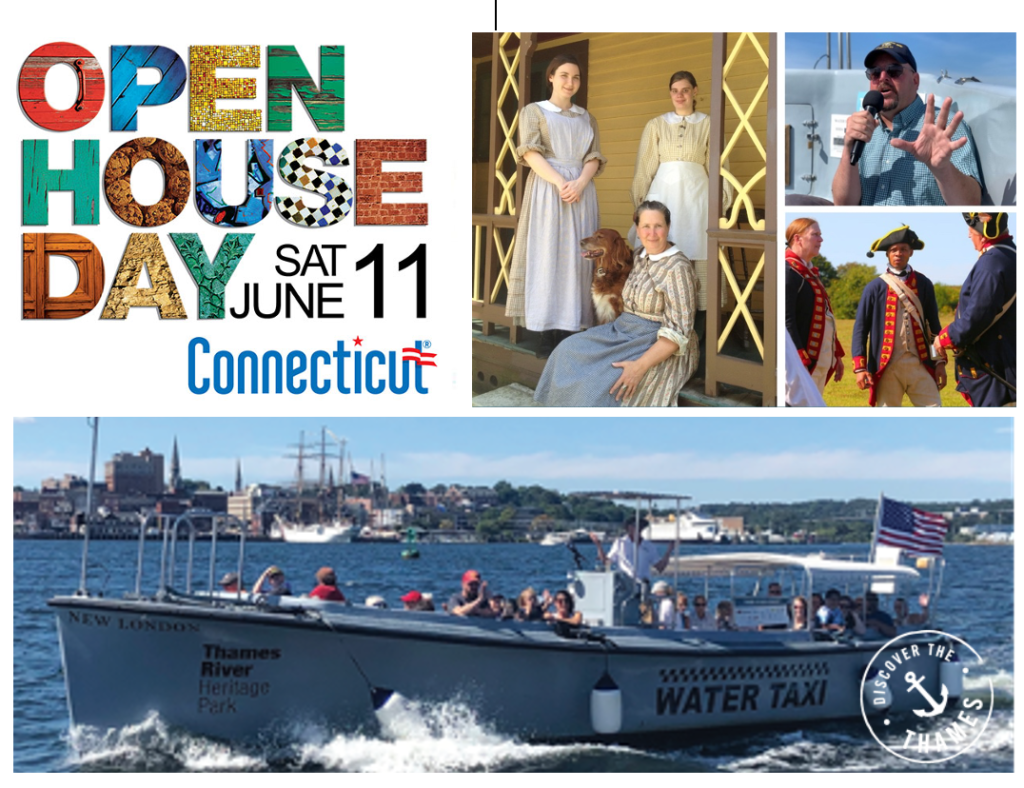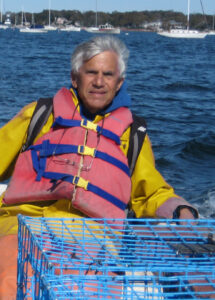
Discover the Thames during Connecticut Open House Day on Saturday, June 11th. Hop aboard the Thames River Heritage Park water taxi for a 1-hour, hop-on hop-off harbor cruise to visit the festivities on both sides of the Thames. Start on the east or the west side of the river; enjoy the sites, sounds, and programs; then hop on the water taxi and continue the fun on the other side of the Thames.
The City of New London and the City of Groton are offering complimentary shuttle service to the historic sites and festivities. See below for information on Open House Day on the Thames events.
Board the water taxi from any landing:
- Fort Trumbull State Park in New London – on the hour
- City Pier in New London – 20 minutes after the hour
- Thames Landing in the City of Groton – 40 minutes after the hour.
Special Ticket Price on Opening Day: $5








